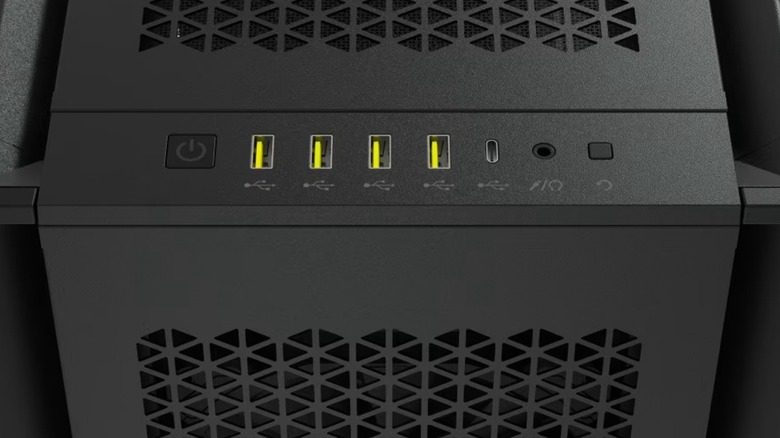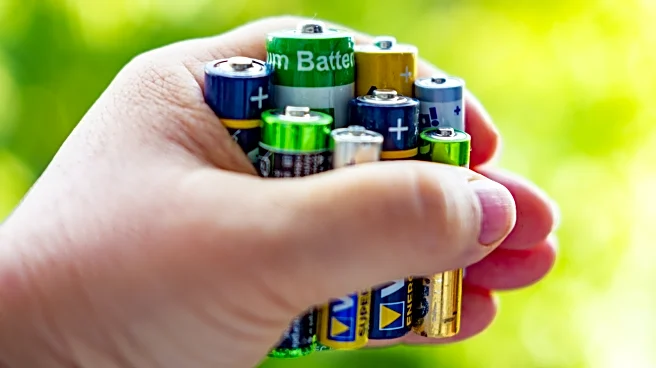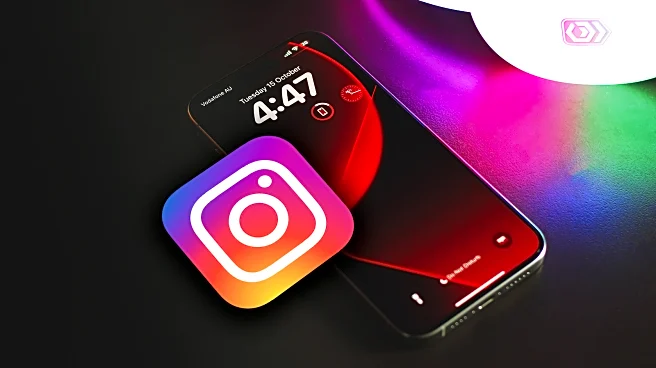
That colorful bit of plastic you may have noticed tucked inside many USB ports is often more than meets the eye. In addition to insulating tiny contact pins that enable a USB connection for your most useful USB gadgets, the port's color can sometimes point you toward a deeper understanding of its capabilities. A colored tang in a USB receptacle can convey which generation of USB it uses, making it easier to understand how fast it can transfer data. If you come across a yellow port, the hue may even
hint toward other hidden features.
A USB port with a yellow insulator inside of it can indicate that it has always-on charging capabilities. Also referred to as passive power delivery or always-on charging, this means that the port can provide power to a connected device whether or not the host device is powered on. These ports also tend to have data transfer capabilities, which can range all the way between USB 2.0 to 3.0 speeds. However, the color of a USB connector is not always linked to its capabilities. The USB Implementers Forum, or USB-IF, maintains the specifications for USB technology but does not mandate color coding (other than blue, but we'll get to that). Many companies, therefore, take liberties with their USB port coloring. Here's what you need to know about what a yellow USB port actually means.
Read more: 4 Useful USB-C Gadgets For Your Windows Laptop
Yellow On A USB Port Might Indicate Always-On Charging Capabilities (But Not Always)

Yellow is actually less common than other USB receptacle colors used to indicate always-on charging features. Red is far more prevalent, and orange is also used in some instances. Though using a red insulator to demarcate USB 3.1 Gen 2 and USB 3.2 ports is not suggested by the USB-IF, it is commonly used on products such as motherboards from popular companies, such as ASUS and MSI. Meanwhile, the blue insulators seen on USB 3.0 SuperSpeed ports are an official part of the USB 3.0 receptacle specification for devices with a mix of ports, and have accordingly been used on many devices over the years. Other companies choose to use symbols rather than colors. For instance, some Dell laptops signify always-on charging with a lightning bolt symbol engraved alongside the USB port.
The use of yellow insulators to denote always-on charging appears less prevalent these days. We've seen references to yellow USB receptacles on older Lenovo laptops, but we've also seen them used more recently to add a simple splash of style. For instance, Corsair often uses yellow USB ports on its PC cases because the color is central to its brand identity, a choice that has confused at least some owners. The bottom line is that you should not assume a USB port's color is significant. If you're unsure what a yellow USB port on your device is capable of, always look up the manufacturer's spec sheet first.
Want the latest in tech and auto trends? Subscribe to our free newsletter for the latest headlines, expert guides, and how-to tips, one email at a time.
Read the original article on SlashGear.















